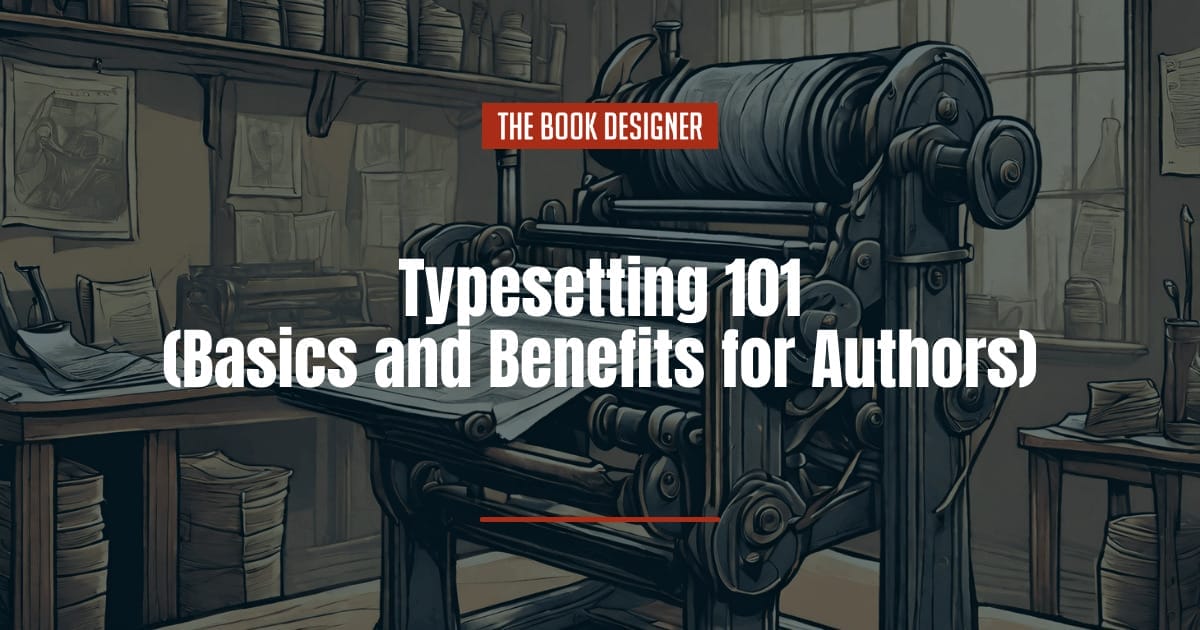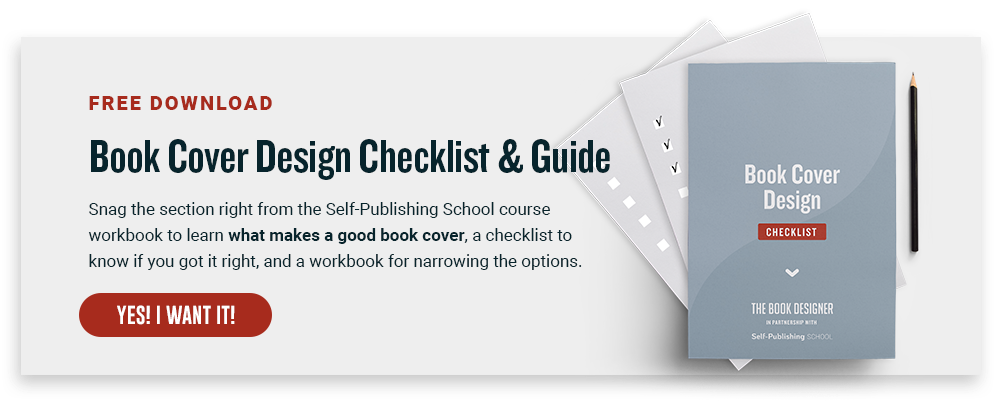It’s impossible to think about the impact books have had on the world without stopping to think about typesetting.
Just as digital distribution and retail have revolutionized the way people read books in today’s world, typesetting had a monumental impact in earlier times.
In both the global east and west, typesetting helped make information and entertainment more accessible. Without the advance of typesetting, books would have remained out of reach for the vast majority of the world’s population.
Even today the legacy of typesetting laid the foundations for even the most advanced and contemporary digital book creation services on offer.
For book lovers and independent authors alike, it’s interesting to consider the legacy of typesetting and why it still matters in today’s world.
Table of Contents
Offer a Quality First Impression
While independent publishing has made it easier than ever before for people to offer a book to the world without the backing of a major publisher, it has also removed a lot of the quality control processes associated with traditional publishing.
Unfortunately, a lack of quality can create a bad impression of not just a particular book, but the independent publishing world as a whole.
The worst examples of vanity publishing showcase the importance of offering quality and creating a great first impression. When a work of art such as a book is treated as a commodity and its creation is rushed, it’s hard for readers to feel excited about investing their time and money into that book.
Typesetting is one of the most effective ways for indie authors to offer a quality experience for readers. Just as book covers inspire someone browsing books to take a closer look, quality typesetting can encourage them to enjoy their initial glance at the book’s contents and feel confident that purchasing the title will be worthwhile.
This is equally important for self-published ebook and print books alike. Features, like Look Inside on Amazon, allow potential readers to take a glance at a book before buying it. If someone chooses to preview a self-published book and sees a beautifully typeset book, they are a lot more likely to end up purchasing it. The converse is also true. Even the most interesting title and captivating cover can fail to convince a potential reader if the interior design and layout are frustrating.
Excellence in typesetting is also crucial for printed copies of self-published books. While e-reader devices and apps allow readers to adjust font sizes and other aspects to their preference, physical copies have no such option. Therefore it’s essential to get typesetting right before creating a physical copy of your book.
Improve the Readability Experience
Going beyond the initial impression readers have when considering a new book, typesetting is also an essential part of a great experience once a book is bought and being read.
There are so many typesetting errors that can cause a reader to lose their immersion in a text. In the case of fiction, bad typesetting can cause a reader to be pulled out of the world you’ve crafted due to a mistake on the page. For nonfiction, it’s harder for someone to retain focus and retain the information they are studying if the book is laid out in a bad or suboptimal format.
Some of the major typesetting errors that befall books include:
- Contrast. Improper contrast can cause a book to look flat and unengaging. Proper contrasting leads to a reader’s attention being drawn to the most important parts of the page.
- Spacing. Spacing that is either too tight or loose results in an improper reading flow. Consider the space at the end of a chapter or paragraph. The difference in size between them has meaning and affects the reader accordingly.
- Structure. Without proper structure, it’s harder to take in the meaning of text on a page. Think about the positioning of page numbers and footnotes relative to the body text of a book. If these were all equal, chaos would ensue.
- Images. If you’ve ever read a textbook with low-quality image presentation, you’ll know how detrimental it can be to the overall experience. Clear and correctly placed images are essential to avoid frustrating your readers.
Just as proper editing is essential to help your reader get the maximum amount of value from your book’s content, quality typesetting is crucial in its presentation.
Present the Right Font Choices
Font choice and presentation is one of the most interesting elements of typesetting. It’s a mixture of science and art.
For example, the difference in size between header text and body text is a technical aspect that impacts a reader’s experience. This can be seen as something of a quantitative, almost scientific aspect of typesetting. Choice of font and the impression it makes on the reader is more of a creative, qualitative aspect.
Essentially, proper font choice is all about showcasing your word choice in a way that doesn’t distract the reader from your intended meaning and instead enhances it.
For example, a chapter title presented in cursive font might be a suitable choice for plenty of books. However, if the body text was written in cursive, it would be distracting and unsuitable.
Font suitability and pairing are also important parts of creating the best possible reader experience. The type of font that works well for a work of horror is unlikely to also work for lighthearted romance. As for pairing, it’s important for different fonts on the same page or space to have compatibility and create the right impression.
Why Does Typesetting Matter to Authors Today?
Perhaps typesetting as a concept might seem somewhat archaic. Is it worth thinking about in today’s world where we have access to digital writing and formatting tools?
While it’s possible to succeed as an indie author without a knowledge of and appreciation for typesetting, gaining one is certainly an advantage.
If you take the time to appreciate typesetting, you’ll understand why layout and design choices matter for your book. You can offer an informed opinion on any layout or design choices that are part of your next project.
But it’s also worthwhile to appreciate typesetting for its legacy and the impact it’s had. Without typesetting and everything that’s followed it, books would never have become accessible, and there would be no prospect of indie authors creating quality work in today’s world.
When you stop and think about what the world would be like without typesetting, it’s easy to take a moment and appreciate the difference it’s made. ,




